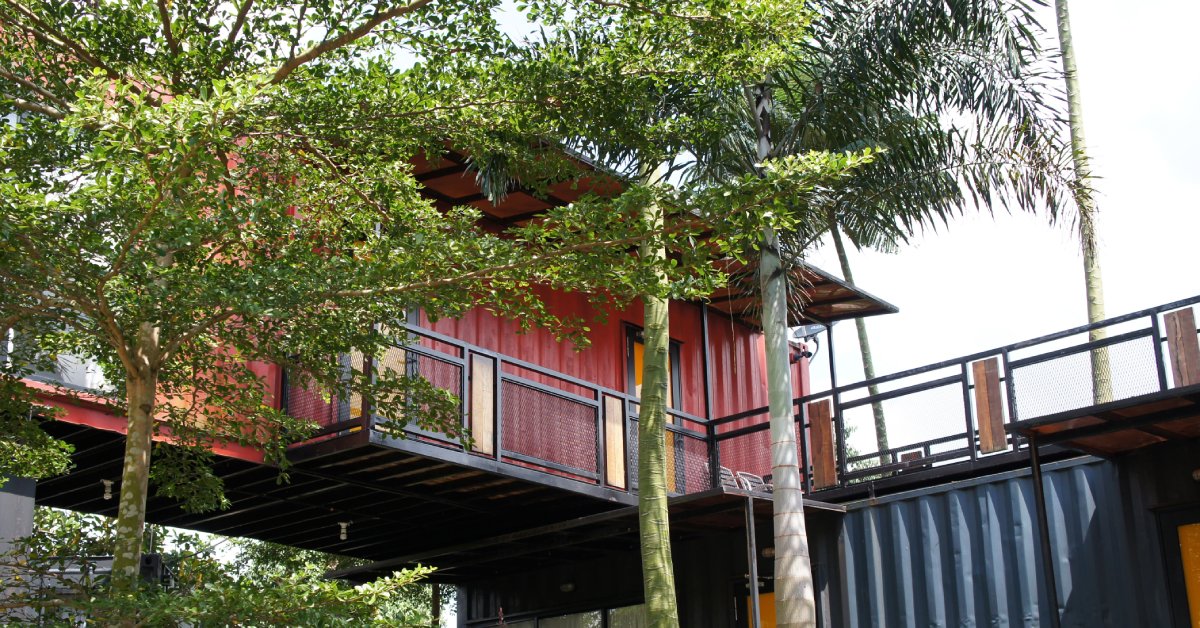In today’s world, sustainability is more than just a trend; it’s a necessity. The environmental benefits of shipping container use highlight an innovative approach to eco-friendly living and building. In this post, we’ll explore how repurposing these steel giants can significantly contribute to a greener planet.
Reduces the Environmental Impact of the Shipping Industry
Shipping containers are essential to global trade, but the sheer quantity of them negatively affects the environment. By reusing retired containers, we reduce the need for additional materials, which eases pressure on natural resources.
Moreover, repurposing containers uses much less energy than producing new steel structures, making it a more sustainable option. It also avoids emissions linked to transporting raw materials. Overall, converting shipping containers into functional spaces mitigates the environmental impact of the shipping industry.
Container Refurbishing Encourages Solar Energy Use
Many times, the builders or homeowners who opt for containers are already interested in sustainable energy options. Solar energy is a renewable resource that reduces fossil fuel reliance and greenhouse gas emissions. To install solar panels, builders must create custom frames to support them, ensuring they withstand various weather conditions.
By using solar power, container structures can operate independently from traditional energy grids, promoting energy efficiency while also saving money on utilities. This eco-friendly approach shows how refurbished containers can contribute to a cleaner, greener future.
Shipping Container Structures Have a Smaller Footprint
Shipping container structures are known for their compact size and efficient use of space. That’s what makes them the perfect structure for tiny homes. These homes often feature innovative space-saving designs that maximize functionality without compromising comfort.
A tiny home or a shipping container studio made from containers requires fewer resources to build and maintain, reducing its carbon footprint because of its lower energy needs.
Container Construction Uses Fewer New Materials
One of the significant environmental benefits of shipping container use is the reduced need for new construction materials. Repurposing containers reduces the demand for new materials. This conserves natural resources and minimizes greenhouse gas emissions from material production.
Using shipping containers as building blocks promotes a circular economy where resources are reused and recycled. This sustainable approach contrasts sharply with traditional construction methods that rely on virgin materials.
Reduces Waste of Metal and Wood
Construction projects generate massive waste, especially during demolitions or renovations. Shipping containers help mitigate this by reusing resources. Metal and wood waste from conventional construction often ends up in landfills.
In contrast, shipping containers make use of strong metal containers that would otherwise be discarded. Shipping container projects show how innovative thinking can turn waste into valuable assets.
Repurposed containers offer a sustainable alternative to traditional construction. By choosing container-based structures, eco-conscious builders and sustainable living advocates can contribute to a greener, more eco-friendly world. Explore the potential of shipping containers and join the movement towards a more sustainable future.

